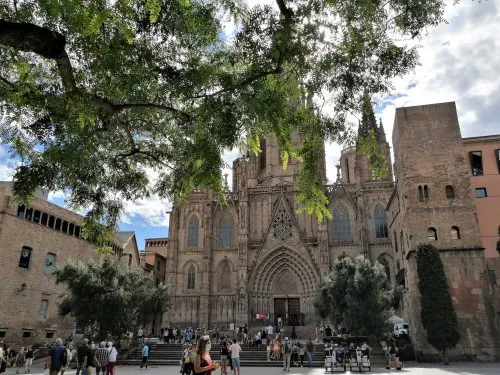
10 Places To Visit in Barcelona’s Gothic Quarter
If you want to jump from one century into another with just a few steps, the Gothic Quarter in Barcelona is the place…
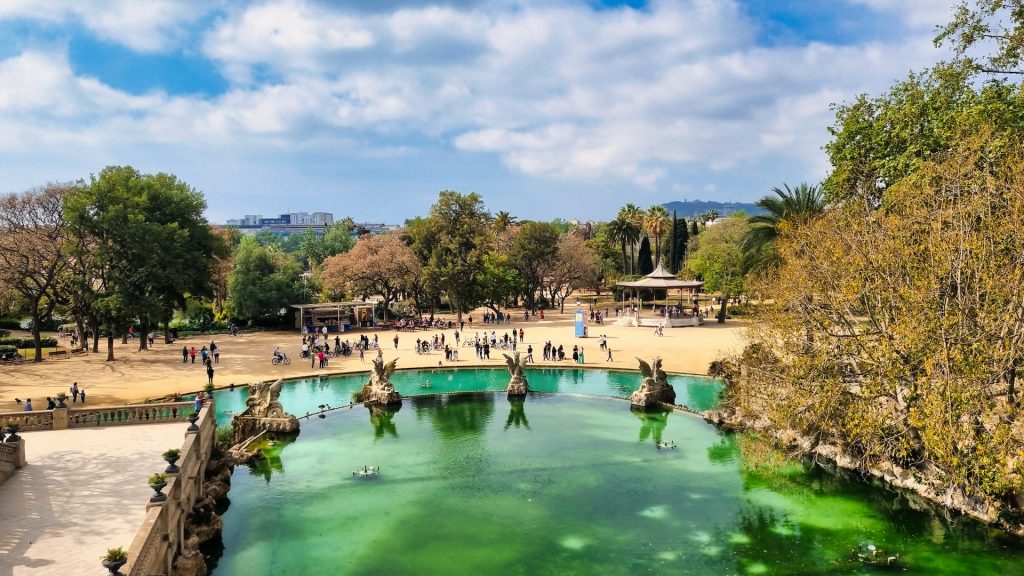
If you happen to be in La Ribera passing a few hours at the Museu Picasso or Museu Moco, you’re no more than a seven-minute walk from one of the best places to grab a breath of fresh air in Barcelona. Make a few left turns, take a few right, walk forward until you reach Passeig de Picasso, and voilà — you’re at Ciutadella Park!
Named for the five-point citadel erected by Philip V of Spain in 1716, Ciutadella Park (pronounced syoo-da-de-ya) is a popular tourist attraction and local hangout in Barcelona.
Day and night, you’ll find people jogging along the palm-tree lined promenade of the Arc de Triomf, friends chilling on benches or picnic blankets on the grass, children trying to pop the giant bubbles blown by street artists, and musicians playing their guitars. On early Saturday afternoons, you might even catch a group of salsa dancers practicing their moves to music blasting from a boombox.
Apart from giving visitors a slice of local life, Ciutadella Park (or Parc de la Ciutadella in Catalan) is home to attractions like the Barcelona Zoo, the Castell dels Dragons (Castle of Three Dragons), the Catalan Parliament, and the Cascada Monumental, which a young and unknown Gaudí played a part in bringing to life.
Most of these sites are relics of the Barcelona Universal Exposition of 1888, an international fair that attracted more than 2 million people from around the world. The exposition even sped up the park’s completion, a project that began in the early 1870s — though Gaudí’s Sagrada Família, which has been under construction for over 130 years, proves that Barcelona sees beauty in unfinished projects, too.
What I love about Ciutadella Park is that it has something for everyone. In this post, I’ll cover everything to see and do in Barcelona’s largest park, including the best way to navigate it.
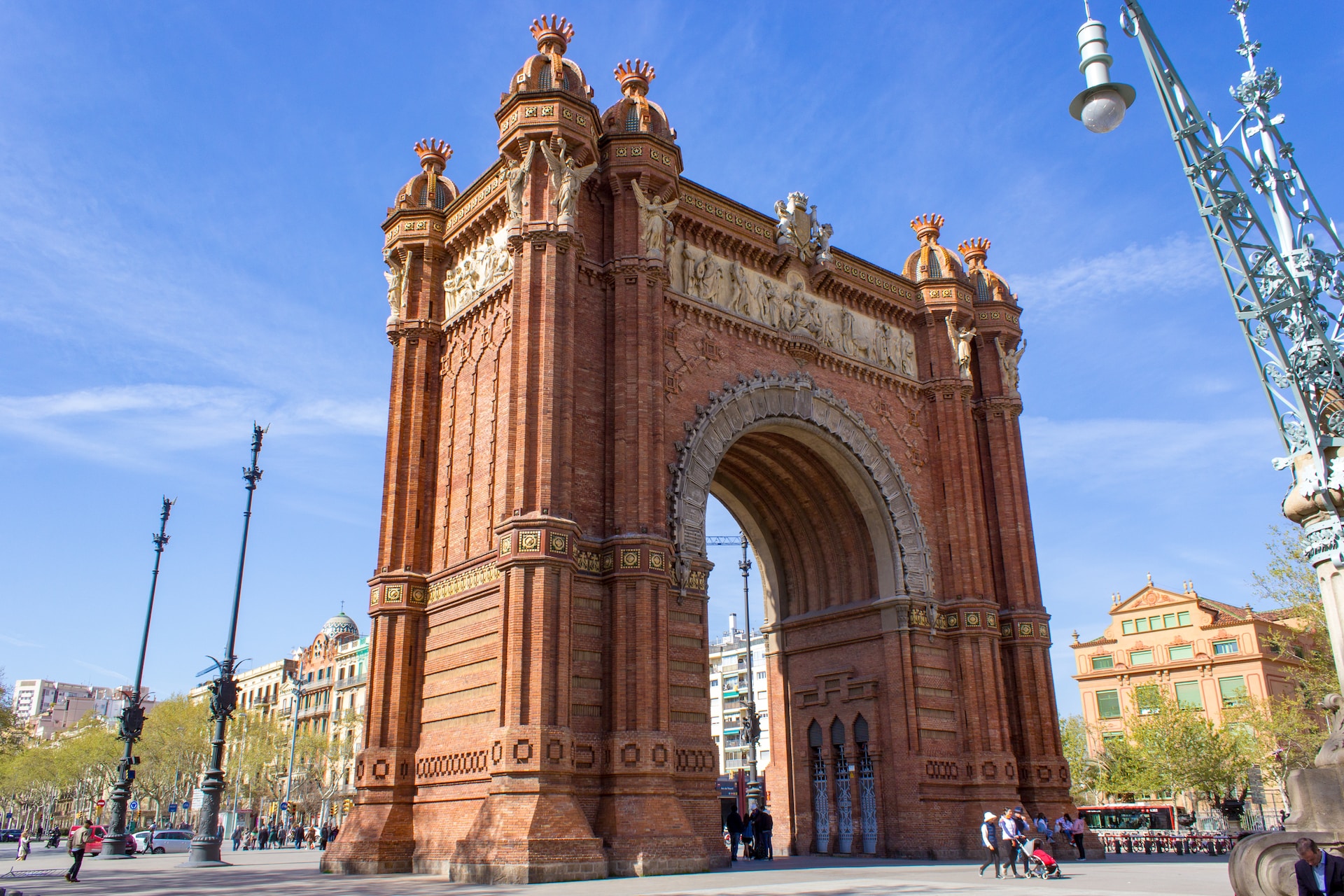
The main entrance to the park sounds a lot like a landmark you’ll find in Paris, but Barcelona’s version is a red-brick archway that was designed by modernist architect Josep Vilaseca to welcome visitors from around the world to the 1888 Universal Exposition.
Nearly 100 feet tall, the arch is decorated with friezes depicting scenes like the city of Barcelona welcoming participants from other countries, an awards ceremony, and symbols of industry and the arts. Perhaps most symbolic are the emblems of all the Spanish provinces, with the one representing Barcelona in the center and slightly larger than the others.
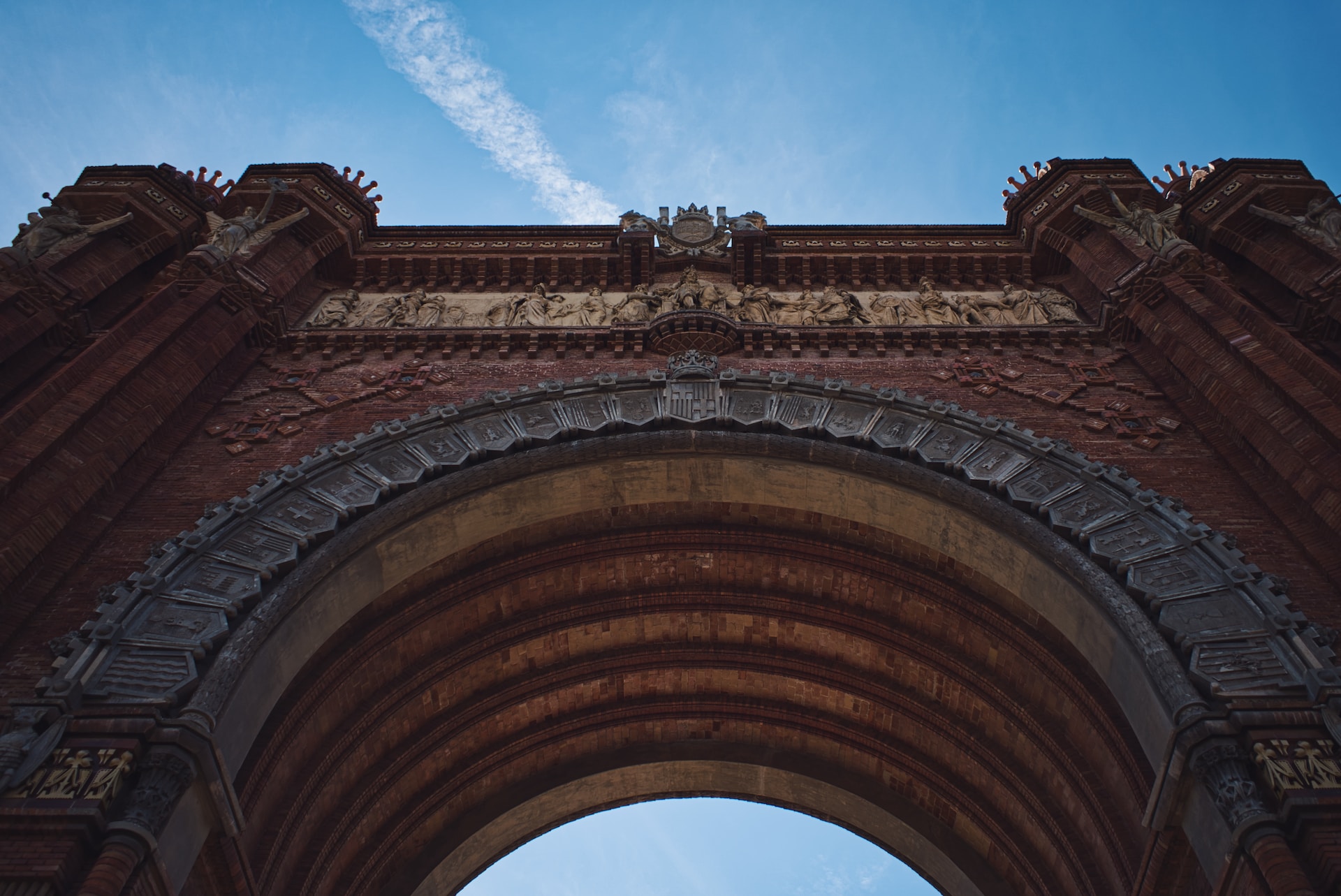
Follow the promenade (but mind the joggers and people snapping pictures) from the Arc de Triomf to the Passeig de Pujades, a busy street separating the main entrance from the rest of the park. As you walk, be on the lookout for even more sights, including:
Fact or myth? Gustave Eiffel allegedly pitched the Eiffel Tower to Barcelona, where it would mark the entrance to the world fair. Eiffel’s proposal was turned down because the design was too “ugly.” The Eiffel Tower opened to the public the following year for the 1889 Universal Exposition in Paris.
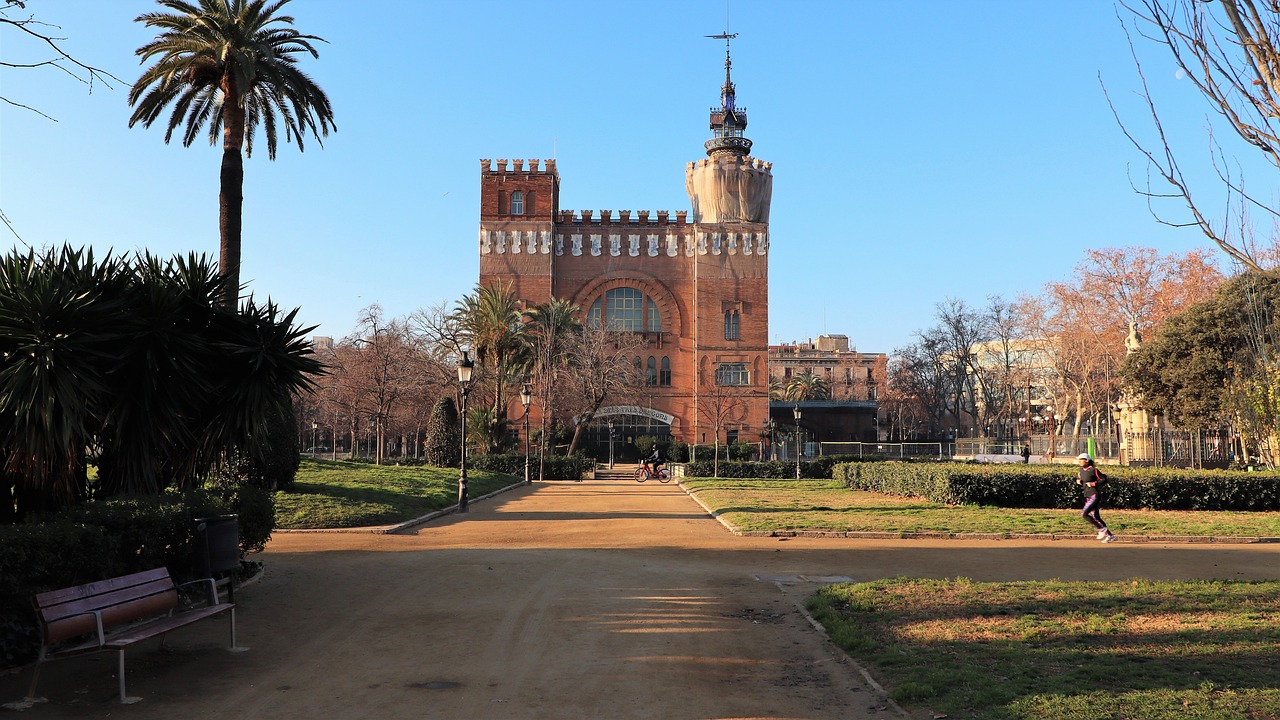
Once you cross Passeig de Pujades, take a right to see the Castle of Three Dragons (or Castell dels Tres Dragons). It served as a restaurant during the 1888 Universal Exposition and was constructed to look like a medieval castle by Lluís Domènech i Montaner.
It now serves as the museum of zoology and geology but has been closed to the public since 2010. While you can’t go inside, the exterior is definitely worthy of an Instagram post.
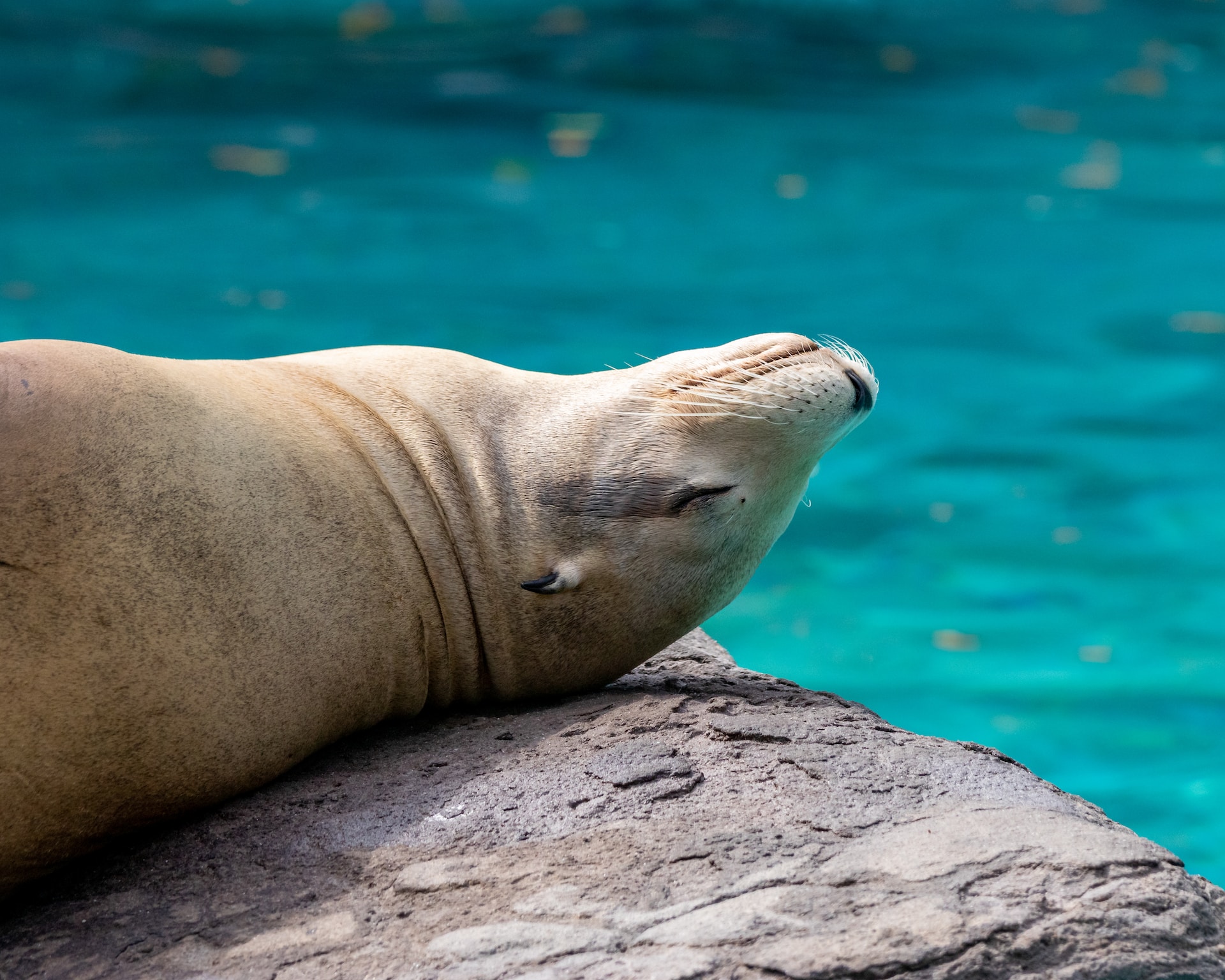
Ciutadella Park’s biggest attraction is the Barcelona Zoo, located near the Passeig de Circumval-lacio side of the park. Whether you’re an animal lover or just interested in learning something new, the zoo’s collection of over 4,000 animals from 400 different species is sure to appeal to kids and adults alike.
Did you know? The Barcelona Zoo was home to the albino gorilla Snowflake from November 1966 until his death in 2003.
Opening hours change with the seasons, so check their website for the most up-to-date information. Currently, rates for tickets are €21.40 for adults, €12.95 for children aged 3-12, and free for children under 3.
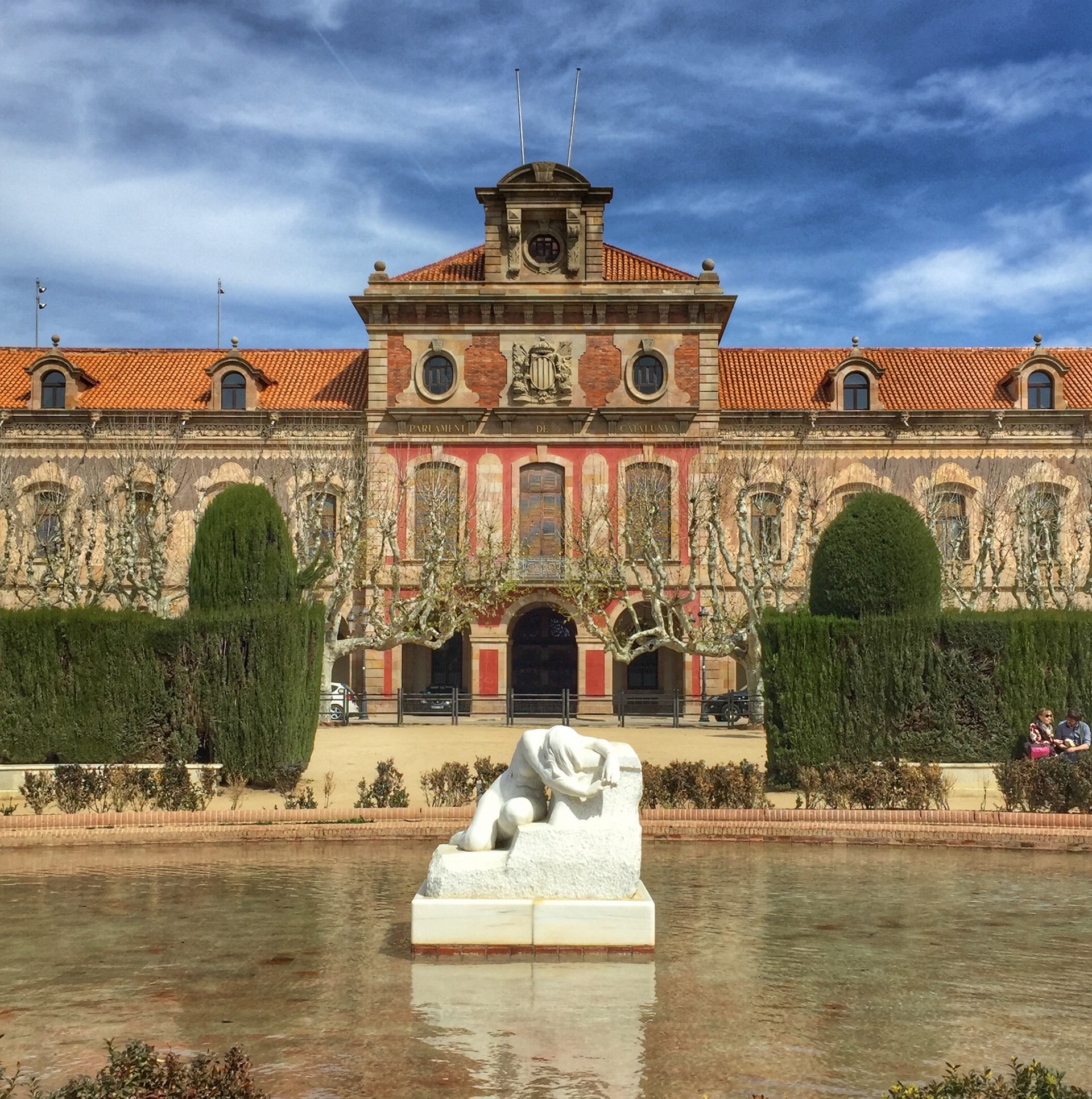
In the center of Ciutadella Park is the Parlament de Catalunya, a palace designed in the style of the Paris Opera House that also looks a little “Accidentally Wes Anderson.” The building was formerly the arsenal of the citadel that Philip V erected in 1716 to keep the Catalan people from rebelling.
The fortress’s construction not only required the forced labor of hundreds of Catalans but also destroyed a substantial part of the La Ribera district, leaving many people homeless.
From 1719-1866, the area that comprises the park now and the land around it was mainly used as a dungeon and torture site for thousands of political prisoners. The citadel was a much-hated symbol in Barcelona, and the city ordered its demolition in 1869. The old arsenal was transformed into a royal palace in 1889 and eventually became the official seat of parliament in 1932.
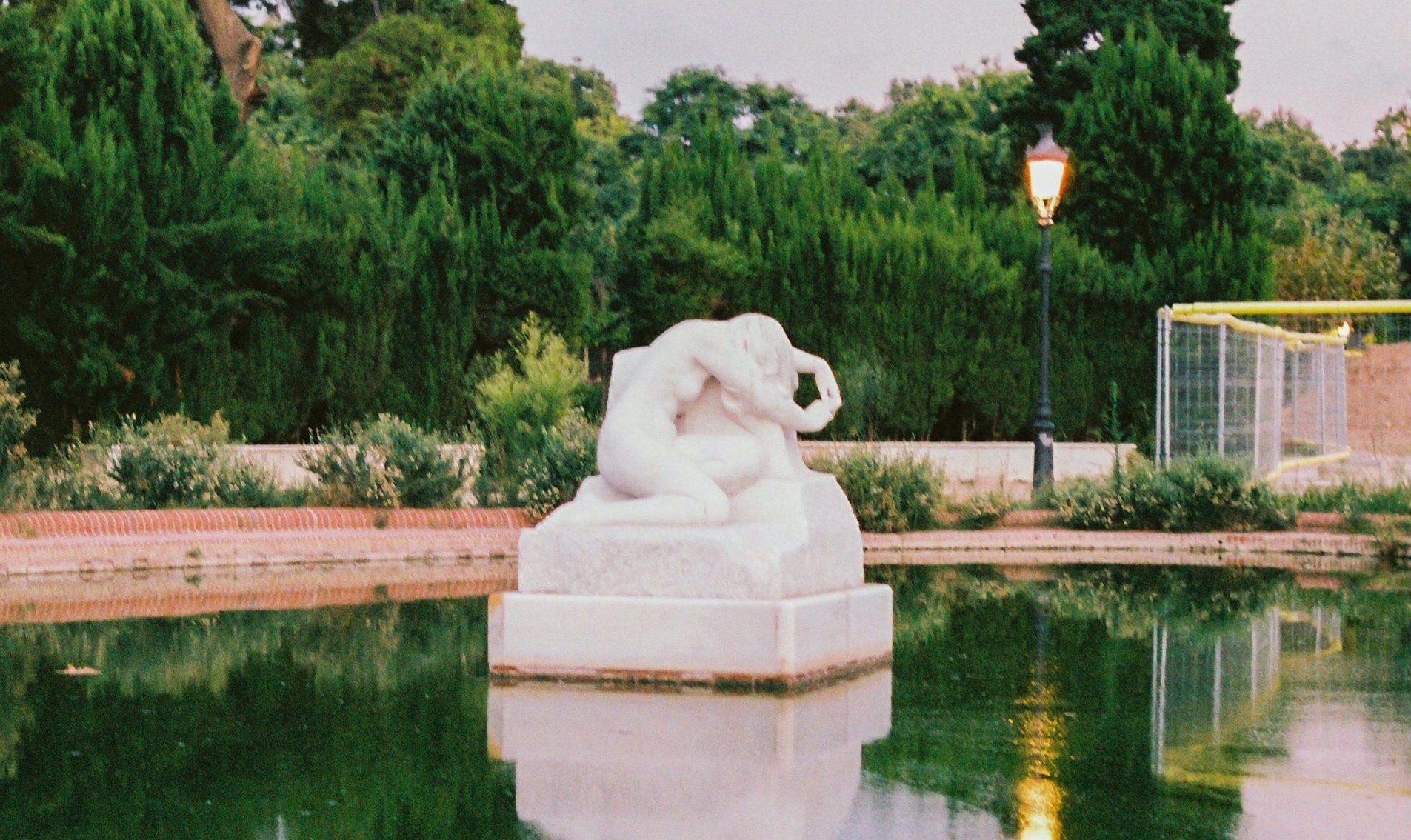
Tip: Want to see inside? You can arrange a visit on their website. But walking around the beautiful square and pond that surround the palace might be all you need! Don’t miss the “Woman in Despair” sculpture in the center of the pond.
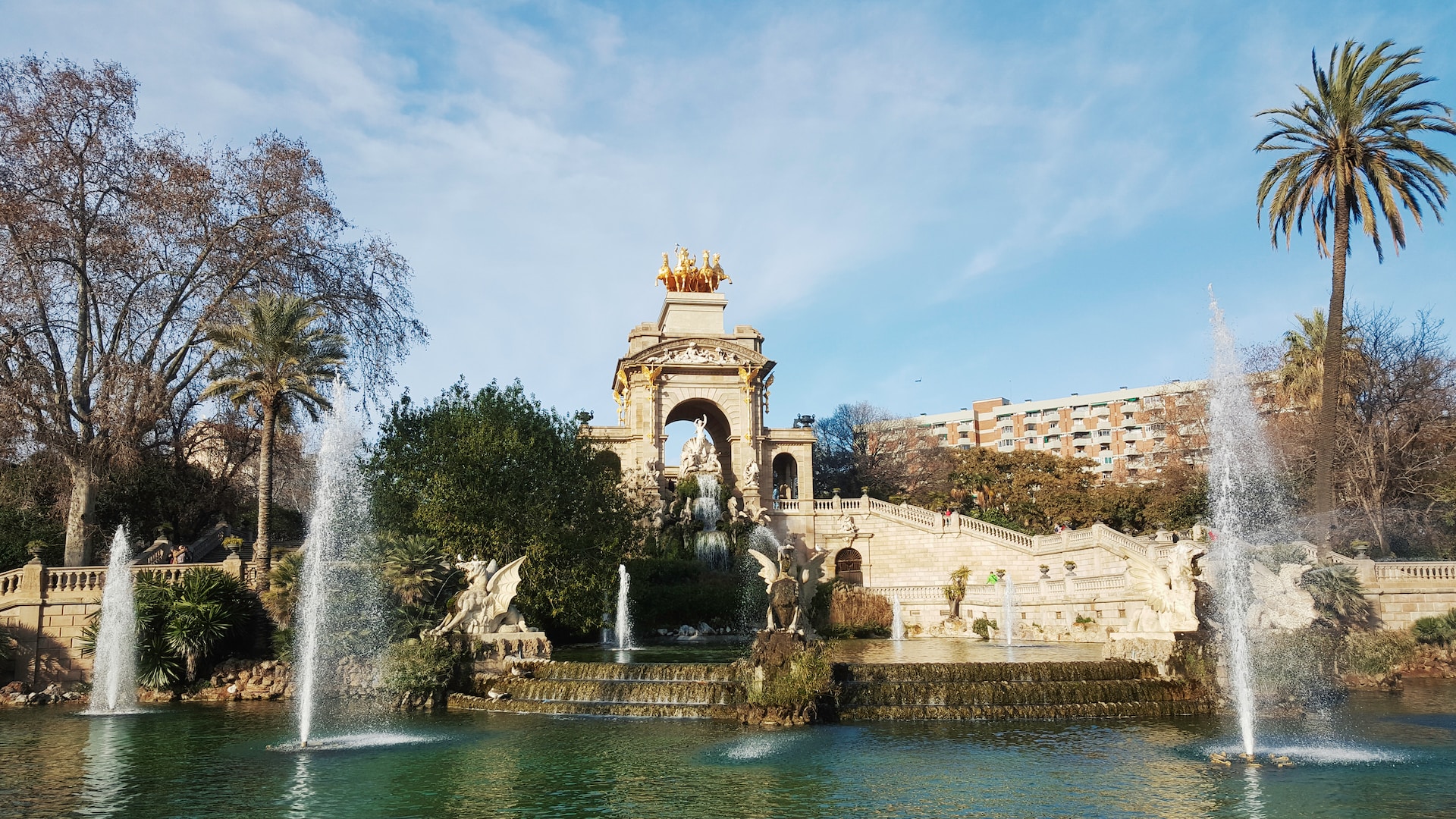
At the Northern corner of the park (when you take a right at the Passeig de Pujades entrance) is Josep Fontserè’s Cascada Monumental. Cascada means waterfall in Spanish, but it’s not the cascading water that captures your attention — it’s the sculptures of mythological figures like Aurora, Venus, Eros, water nymphs, and griffins.
Fontserè was inspired by the Trevi Fountain in Rome and worked with 10 Catalan artists to bring it to life. Heard of Antoni Gaudí? Not many people had at the time he was tasked with designing the tank to power the waterfall while he was a student.
The Cascada Monumental was one of the highlights of the 1888 Exposition and continues to be a must-see attraction at Ciutadella Park. The gold statue of Aurora on her chariot at the very top is stunning, but I think the best part is the two staircases that look like giant crab claws.
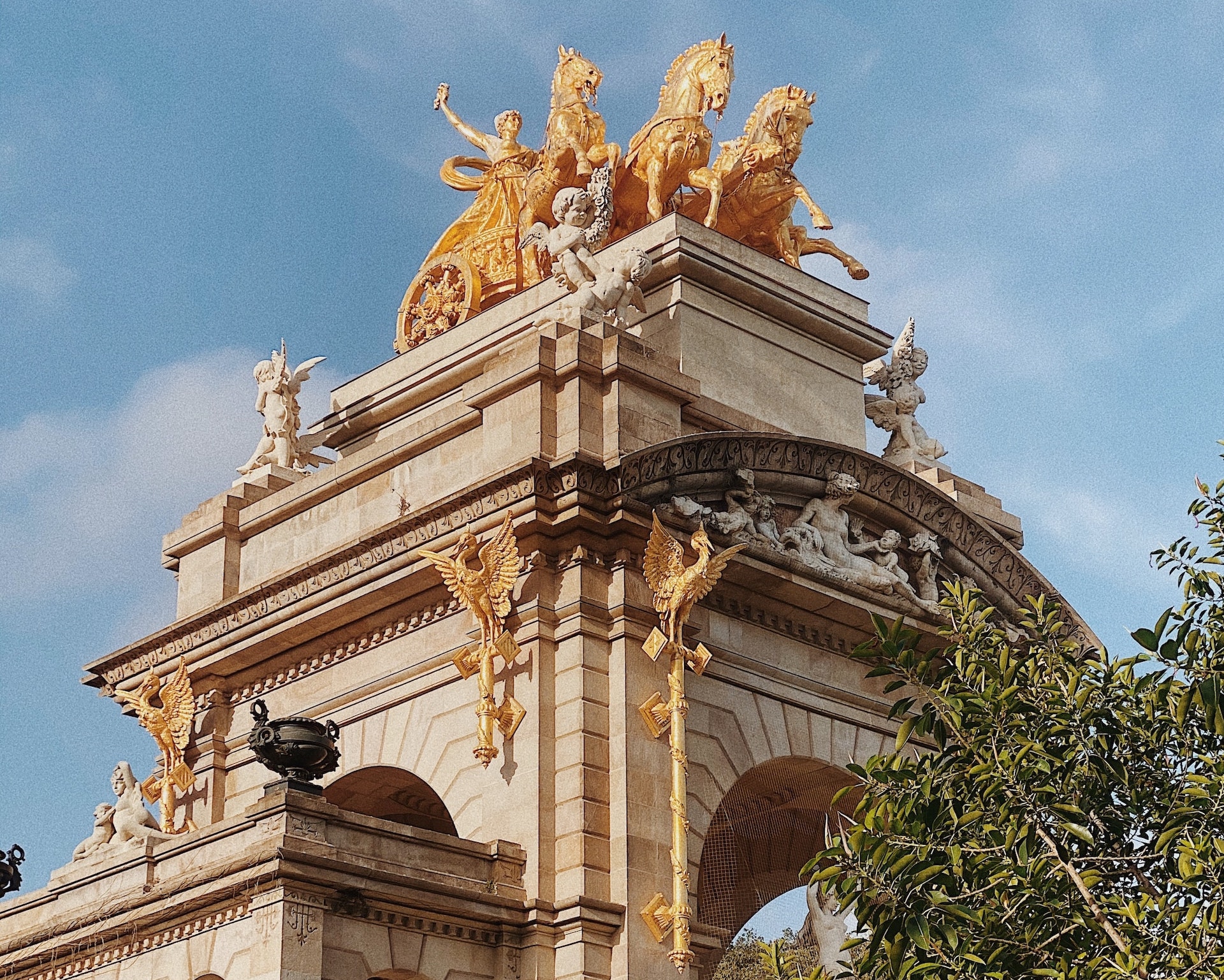
Whether you’re traveling with kids, a group of friends, or solo, Ciutadella Park is a great place to get lost in. I’ve got a few ideas to help you plan your visit at any time of day.
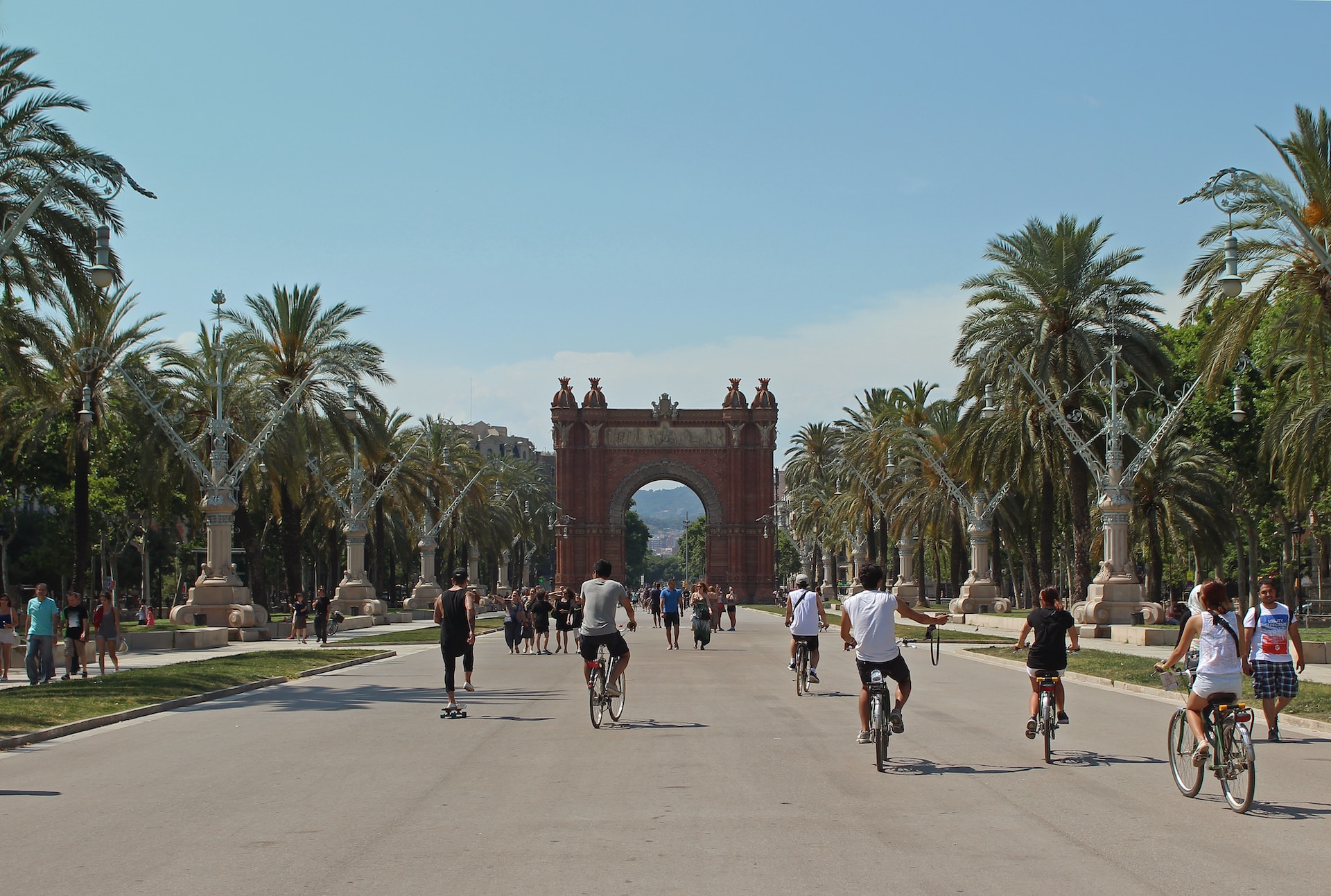
I try to fit in some exercise when I’m traveling, so I love a park that’s jogger-friendly. I typically stick to running laps around the promenade of the Arc de Triomf, but there are plenty of other routes to suit your running or walking style.
Traveling with a group of friends? Grab your beach towels or yoga mats for a group workout. In the morning and early evening, there are always exercise classes happening on the promenade.
If you’re looking for an activity that’s a little more relaxed and not exactly a workout, check out the ping-pong tables near the Passeig de Pujades entrance of the park.
There’s more to see in Ciutadella Park than what I listed above, like all the sculptures you’ll find while taking a casual stroll. I like to do this around mid-morning with a croissant and cafe con leche in hand.
Don’t miss these monuments:
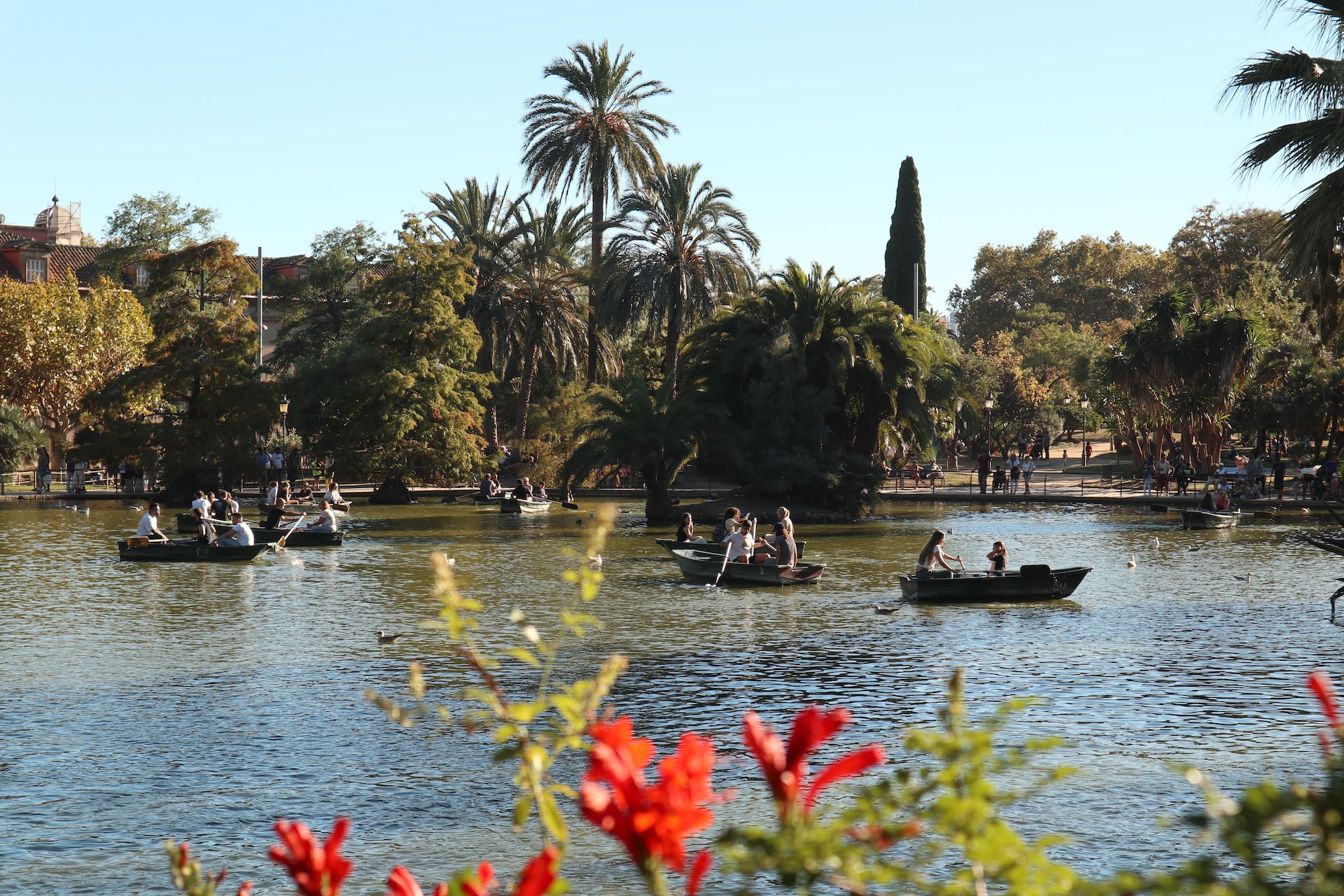
On a hot Barcelona afternoon, why not cool off by rowing a boat on the lake in the middle of Ciutadella Park? A 30-minute rental costs €6 for two people, €9 for three, and €10 for groups of four or five.
The lake is open for boat rides from April 1 to September 30 (10 a.m. to 8 p.m.) and October 1 to March 31 (10 a.m. to 6 p.m.).
Living in Barcelona, I’ve learned to always carry a blanket to lay out on the grass for a spontaneous picnic. I suggest stopping at a supermarket to pick up olives, cheese, Spanish tortilla, cured meats like jamon, bread, and beer and wine for sunset tapas.
Tip: Be careful when drinking alcohol in public. While it’s a popular activity, it’s technically illegal and could incur a fine.
Ciutadella Park has a few grocery stores nearby. I like Condis and Dia for supermarkets, but there are plenty of smaller markets to choose from.
You don’t have to go to Ciutadella Park with an itinerary — just show up and let the day unfold.
Of course, wandering all over this scenic park is sure to work up an appetite. Following your outdoor rambles with our tapas tour in nearby Barceloneta is the best way to experience Barcelona like a local.
Or head over to the popular Boqueria Market. The market is filled with delicious flavors and fun just to browse, and it’s also the starting point for our Barcelona Markets Walking Tour.

If you want to jump from one century into another with just a few steps, the Gothic Quarter in Barcelona is the place…
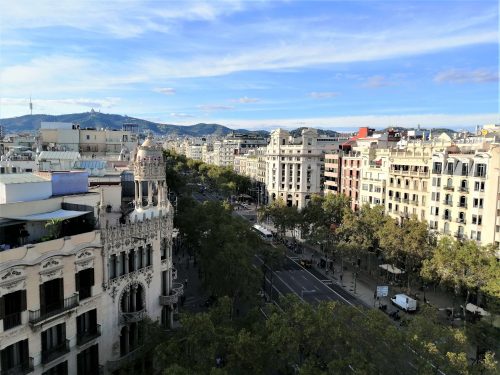
“Here we come to the Catalan Champs-Élysées!” That’s what most tourists think when they see the Passeig de Gràcia for the very first…

Whether you were drawn to Barcelona by the city’s sun-drenched beaches or its spiraling architectural wonders, chances are you happened upon the Catalonian…